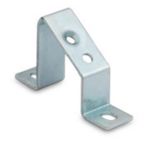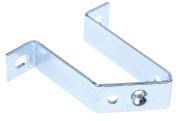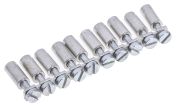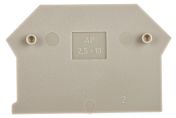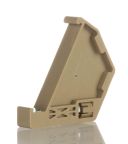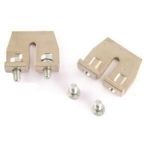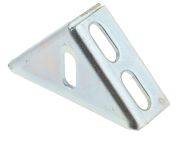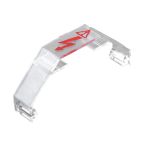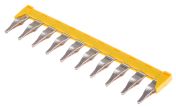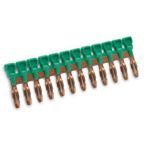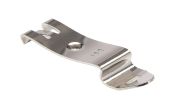DIN Rail Terminal Accessories
DIN rail terminal accessories are supplementary components used together with DIN rail terminals for enhanced functionality.
Types of DIN rail terminal accessories
A range of DIN rail terminal accessories is available, including:
- End and intermediate plates
- Fixed bridges
- Marker strips
- Partition plates
- Shield connectors
- Test adapters
- Jumper bars
- Support plates
- End sections
How do DIN rail terminal accessories work?
Each type of accessory fulfils a unique function. End plates, for example, are designed to easily snap onto the DIN rail terminal to cover the exposed parts for added safety. End plates also help to prevent the terminal from dust, water or any other substances that may compromise their functionality.
End brackets guarantee a reliable, permanent mounting on the DIN rail and prevent sliding. They are available in screw and non-screw versions.
Jumper bars are used to connect consecutive and non-consecutive terminal blocks that are within the same spacing. They consist of metal tubes which make contact with the internal connector bar in the terminal block.
Popular Searches
Related links
- DIN Rail Terminal Blocks
- WAGO TOPJOB S Series Modular Connector for Use with DIN Rail Terminal Block, 32A
- RS PRO Beige Screw Termination
- Weidmuller EW Series End Stop for Use with DIN Rail Terminal Blocks, ATEX
- Phoenix Contact E/NS 35 N Series End Stop for Use with DIN Rail Terminal Blocks
- A Complete Guide to DIN Rail Terminal Blocks
- Wieland WBF Series Left Side Connector for Use with DIN Rail Terminal Block with Plug-In Connection
- RS PRO Grey Single-Level

